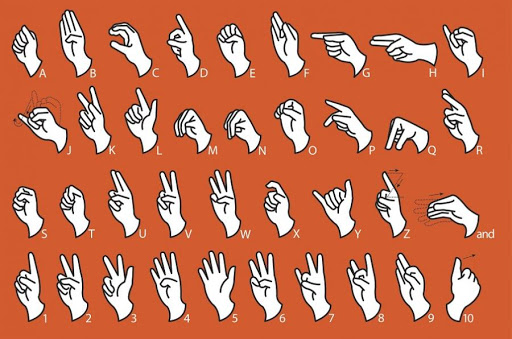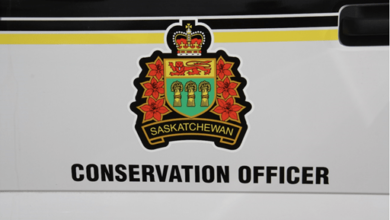
By Mallorie Rast
September 23rd, a day in the middle of International Week of the Deaf, marks the 2nd Annual International Day of Sign Languages. Far from being just a nod towards a language known to mankind, this day also seeks to bring awareness to those in our communities who are Deaf, Deafened and Hard of Hearing.
One in four Saskatchewonians will experience hearing loss by the age of 70, and while health care has made significant advances in disease control, every year in Saskatchewan one to three infants out of every thousand have congenital hearing loss, which means that they have hearing loss present at birth.
It is these children that are at risk for linguistic delay, because of the difficulty in hearing the language spoken around them. Fortunately for those in Saskatchewan, our province is one of the few in Canada that has universal newborn hearing screening. Instituted by the Saskatchewan Party in 2019, the screening tests each newborn for hearing loss and then connects parents with Saskatchewan Deaf and Hard of Hearing Services (SDHHS). From there, SDHHS works with the parents and child in resource connection and language training, thus saving many from linguistic delays.
Established in Saskatchewan in 1981, SDHHS now proudly serves the province under the motto “Bridging the Gap.” In 2018, SDHHS opened the first bi-lingual, bi-cultural Deaf/Hard of Hearing (D/HH) Preschool in Saskatoon in collaboration with the Canada-Saskatchewan Early Learning and Child Care Agreement.
Nairn Gillies, Executive Director of SDHHS, notes that people are natural-born communicators and being born deaf or hard of hearing does not change that fact, nor does it denote a disability.
“A person who is blind can sing with perfect pitch and tone without the use of their eyes, because they have complete data input through their ears. So also a person who is deaf or is hard of hearing can fully communicate with a complete data input through their eyes, in our case, sign language.”
Gillies likened Sign Language to a “beautiful ballet dance,” that is able to express emotions and concepts beyond the capacity of the spoken English language. YouTube search results of Deaf Ninja by Austin Andrews, and Tik Tok by Ian Sanborn give a resounding assent to Gillies description of the language.
The International Week of the Deaf was first celebrated in September 1958 and has since evolved into a global movement of deaf unity and concerted advocacy to raise awareness of the issues people with hearing loss face in their everyday lives. International Day of Sign Language was established in 2018, and is observed in the middle of the week as a way of raising awareness in order to preserve the language and recognize the undeniable human rights of those who are deaf or hard of hearing.
For the latest information and for more updates on everything Kindersley ‘Like’ the Kindersley Social Facebook page below…








































